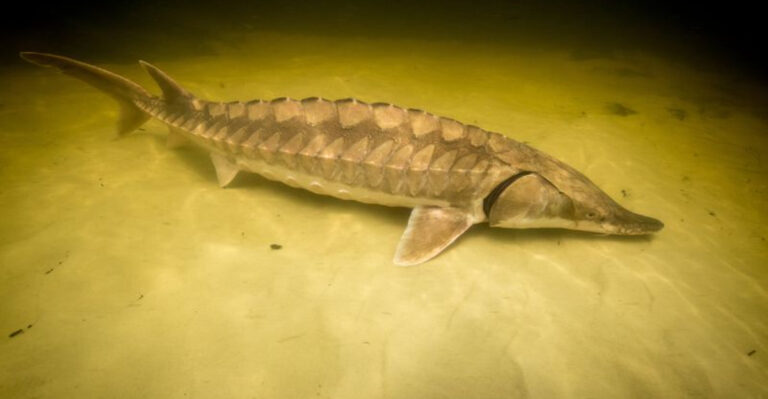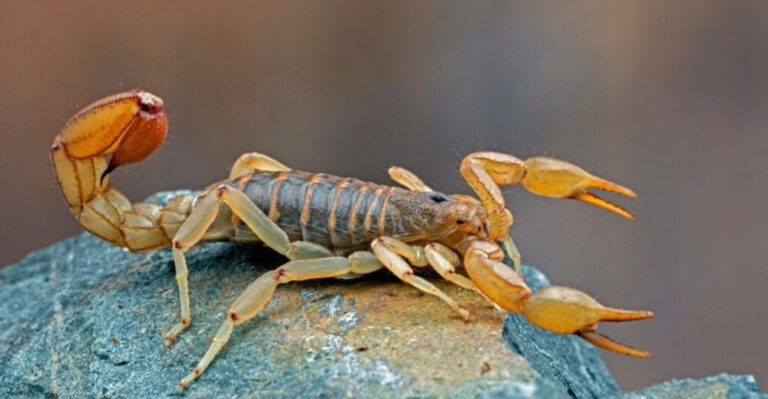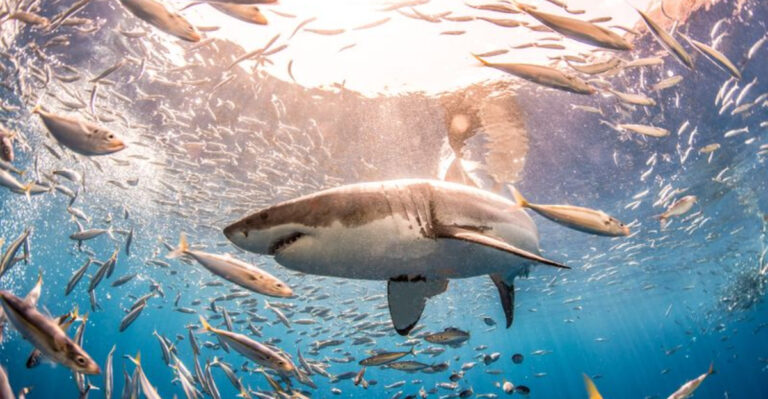9 Weird And Wonderful Animals That Only Exist In Certain Countries
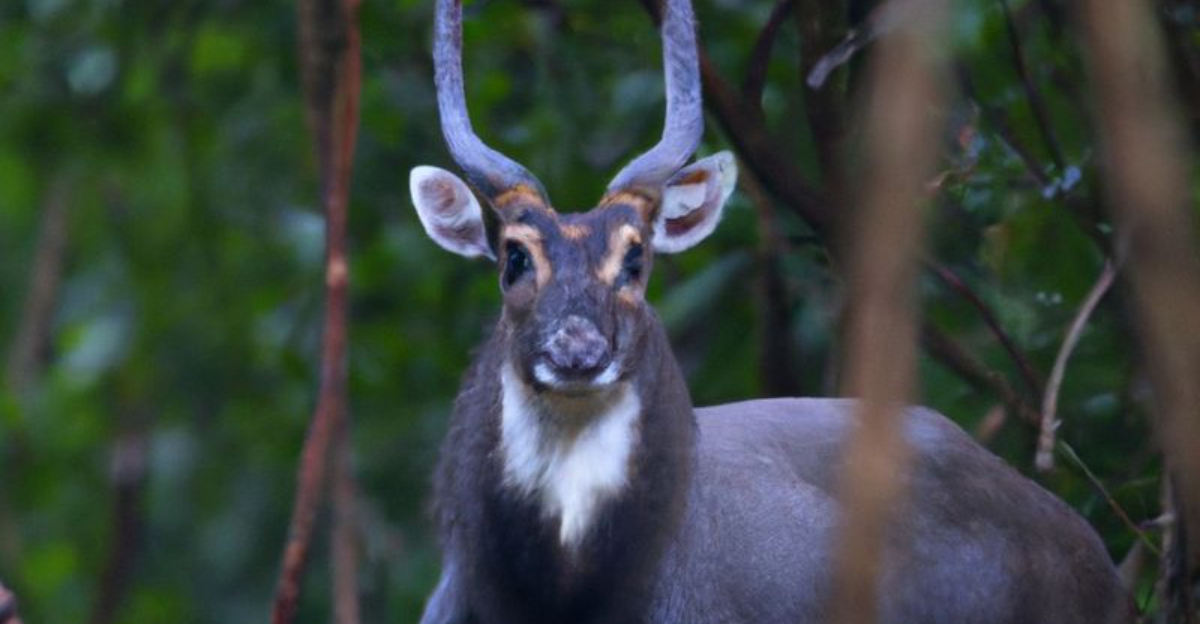
Exploring the fascinating world of animals often leads us to discover creatures that are both weird and wonderful.
Some animals are so unique that they are found exclusively in specific countries, adding to the mystique of their native lands. Today, you can take a journey across the globe to meet some such remarkable animals.
From the dense jungles to isolated islands, each of these creatures holds a special charm and intrigue. Let’s delve into the peculiarities and wonders of these exclusive residents of the animal kingdom.
1. Kakapo
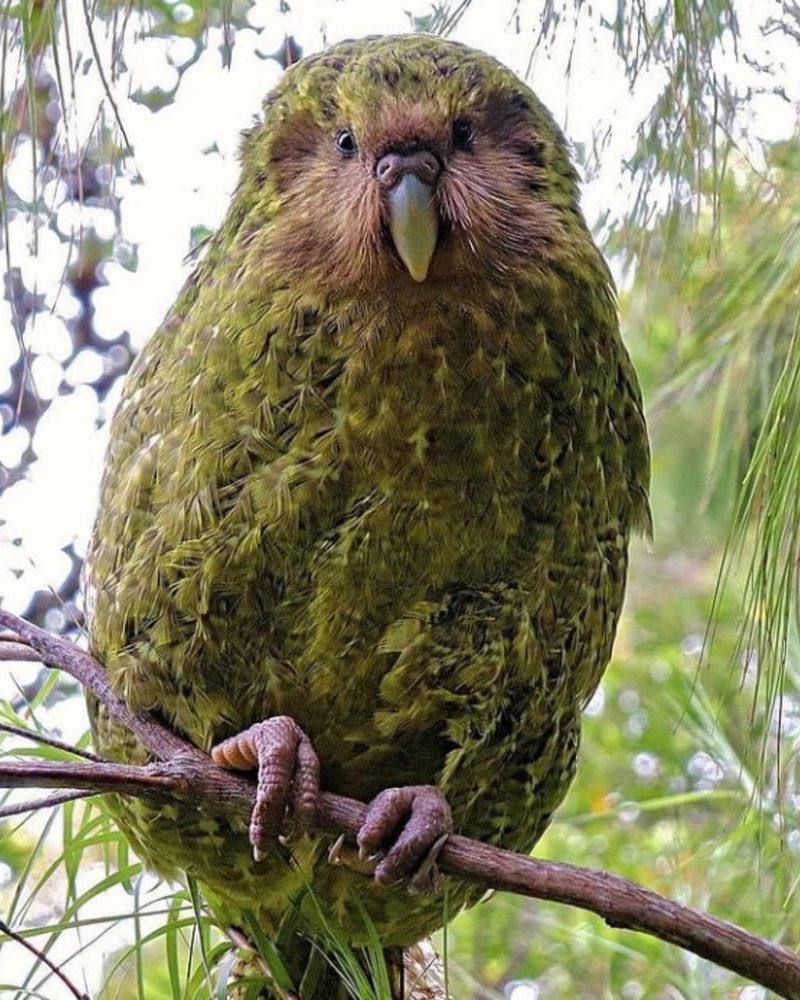
The Kakapo, also known as the owl parrot, is a fascinating bird native to New Zealand. Weighing up to 9 pounds, it is the world’s heaviest parrot and is nocturnal, adding to its uniqueness. Unlike other parrots, the Kakapo is flightless, with wings that are used primarily for balance and support.
Its mossy green and yellow plumage offers perfect camouflage against the foliage of its forest habitat. Remarkably, the Kakapo is known for its peculiar mating call, which can be heard over long distances. This booming sound echoes through the forests during the breeding season.
Conservationists have worked tirelessly to protect this critically endangered species, with its population numbering only around 200. Efforts include predator control and breeding programs to ensure the survival of the Kakapo.
2. Saola
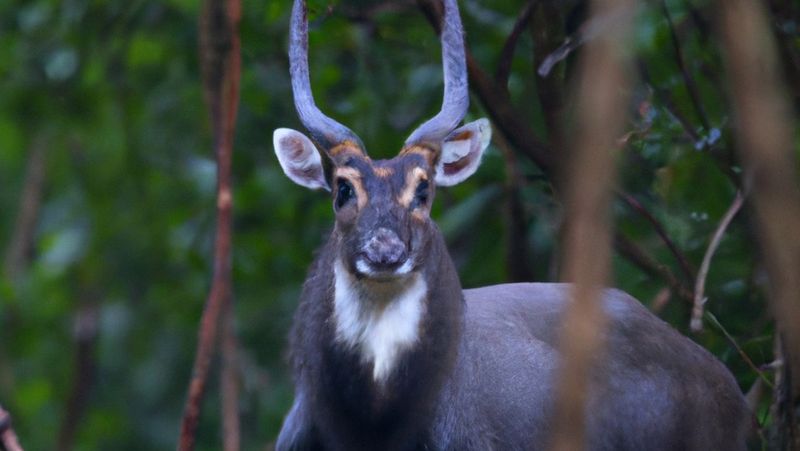
Known as the “Asian Unicorn,” the Saola is one of the rarest animals on the planet. Discovered in 1992, this elusive creature calls the Annamite Mountains of Vietnam and Laos its home. With its long, straight horns and gentle appearance, it resembles an antelope.
The Saola is so rare that it has become a symbol of biodiversity and the need for conservation in Southeast Asia. Its shy nature makes sightings extremely rare, with only a few confirmed encounters since its discovery.
Efforts to protect the Saola are crucial, as its habitat is threatened by hunting and deforestation. Conservation groups are striving to preserve the dense forest that the Saola depends on, ensuring that this mysterious creature continues to thrive in its natural environment.
3. Aye-Aye
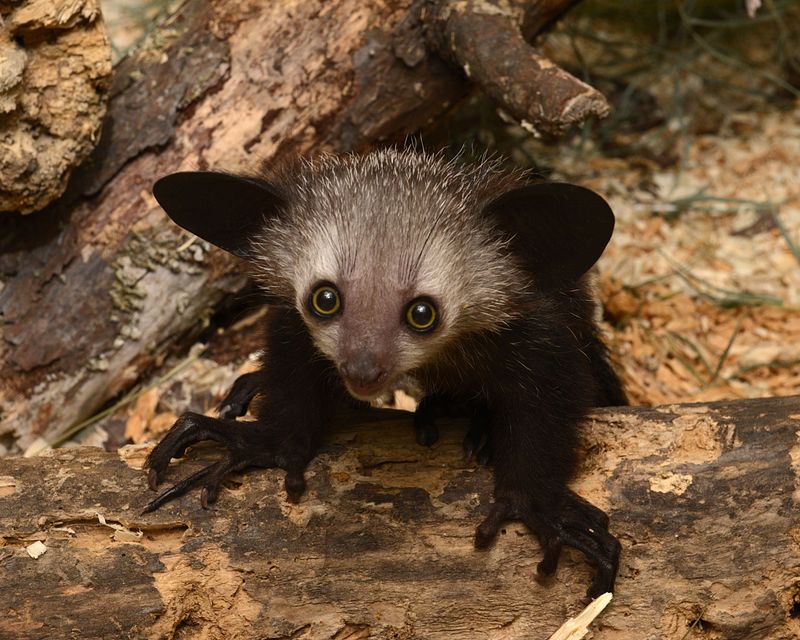
The Aye-Aye, a peculiar lemur found only in Madagascar, is one of nature’s most unique primates. With its bat-like ears, large eyes, and a long, thin middle finger, the Aye-Aye is perfectly adapted for its nocturnal lifestyle.
This intriguing creature taps on tree trunks to locate grubs, using its specialized finger to extract them from the wood. This behavior, coupled with its eerie appearance, has led to numerous myths and legends in Madagascar, where it is considered both fascinating and fearsome.
Despite its unusual looks, the Aye-Aye plays a vital role in its ecosystem by controlling insect populations. Conservation efforts are ongoing to protect its rainforest habitat from deforestation, ensuring the survival of this extraordinary animal.
4. Quokka
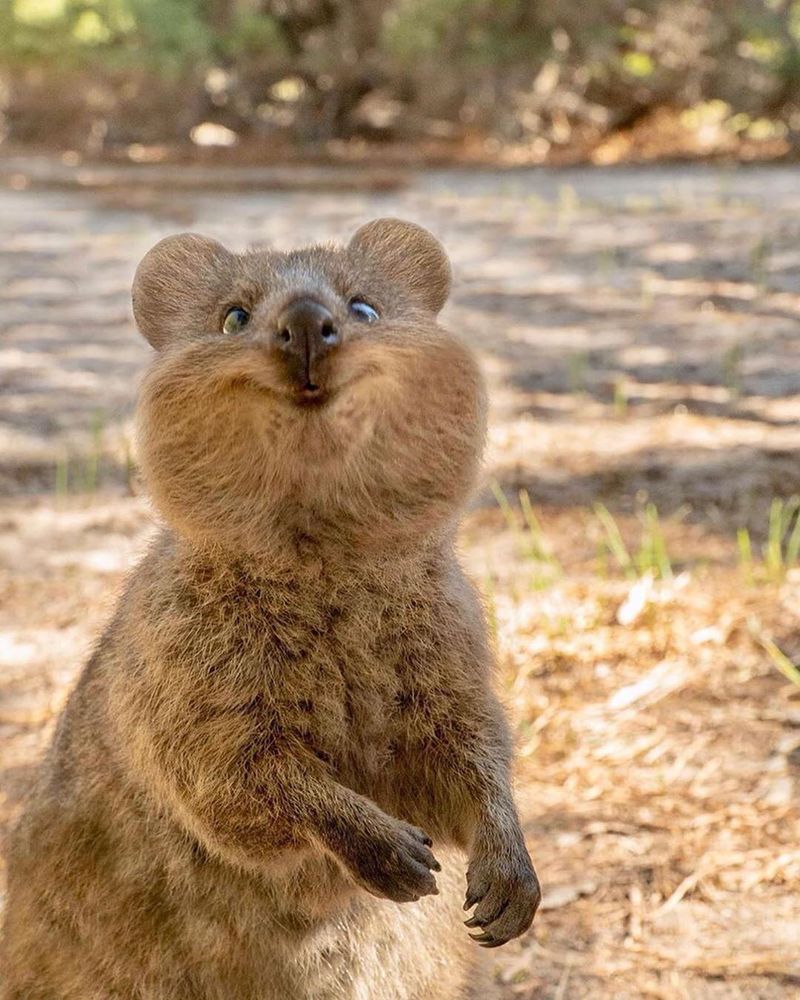
Meet the Quokka, often dubbed the “happiest animal on Earth.” This small marsupial, native to Rottnest Island off the coast of Western Australia, is famous for its endearing smile and friendly nature.
The Quokka’s charming appearance and approachable demeanor have made it a popular subject for selfies with tourists. Despite its popularity, the Quokka’s population is limited to a few islands, making it vulnerable to changes in its habitat.
Conservation efforts focus on protecting the Quokka’s natural environment, including controlling invasive species and preserving its limited habitat. Visitors are encouraged to respect these delightful creatures, ensuring that the Quokka continues to thrive in its island paradise.
5. Axolotl
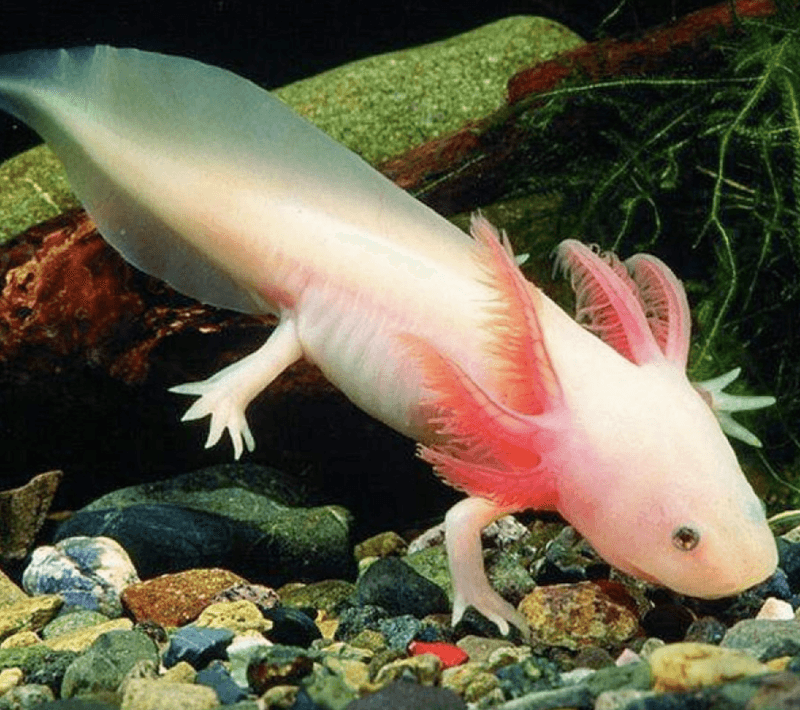
The Axolotl, often referred to as the “Mexican walking fish,” is a unique amphibian native to the lake complex of Xochimilco in Mexico City. Despite its nickname, the Axolotl is not a fish but a type of salamander that retains its larval features throughout its life.
This fascinating creature is known for its ability to regenerate limbs, making it a subject of scientific interest. With its pink, translucent skin and feathery gills, the Axolotl appears both alien and adorable.
Sadly, the Axolotl is critically endangered due to habitat loss and pollution. Conservation efforts are underway to preserve its natural habitat and prevent its extinction, ensuring that this remarkable creature continues to enchant scientists and animal lovers alike.
6. Okapi
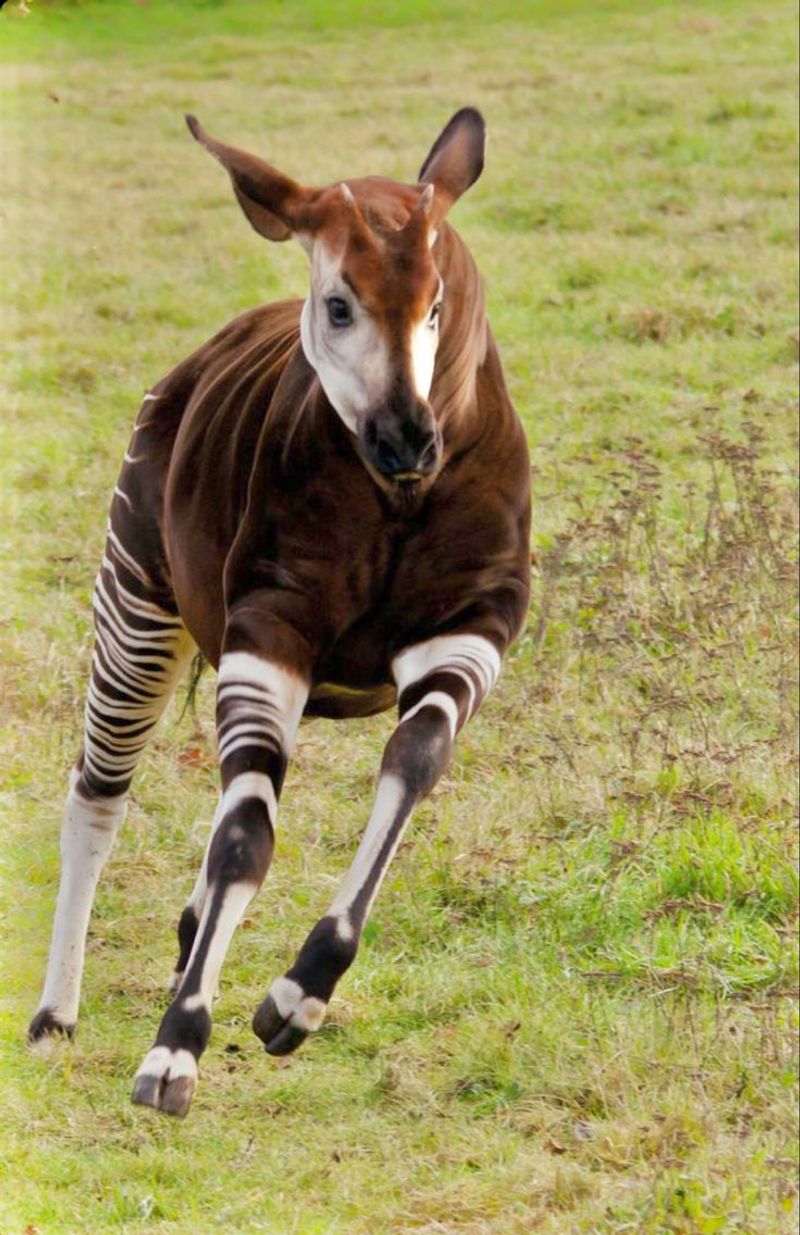
The Okapi, often referred to as the “forest giraffe,” is a unique animal found exclusively in the rainforests of the Democratic Republic of the Congo. With its zebra-striped legs and elongated neck, the Okapi is a striking blend of giraffe and zebra characteristics.
This elusive creature is well-adapted to its dense forest habitat, using its long tongue to browse on leaves and fruits. Despite its giraffe-like appearance, the Okapi’s behavior and diet are specially suited to its forest environment.
Conservation efforts are critical for the Okapi, as its habitat is threatened by logging and human encroachment. Protecting the Okapi’s natural home is essential for the survival of this enigmatic and elegant creature.
7. Platypus
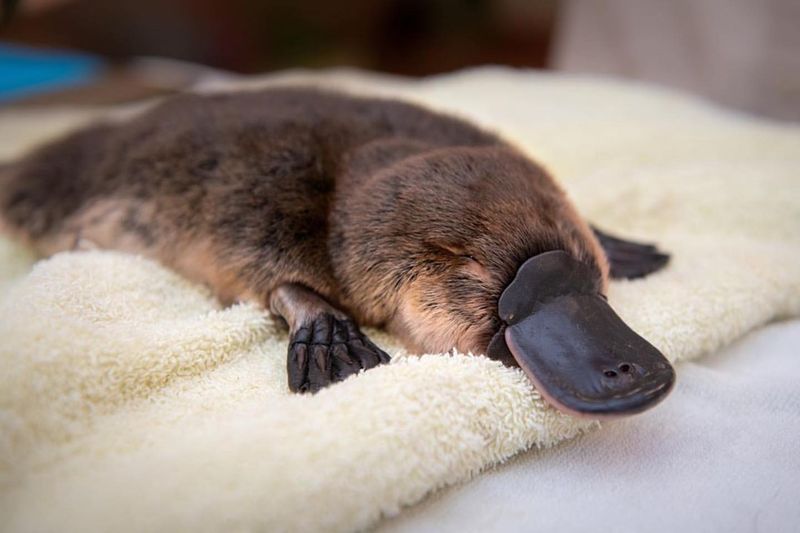
The Platypus is one of nature’s most peculiar creatures, native to the freshwater rivers and lakes of eastern Australia. This egg-laying mammal combines features of birds, reptiles, and mammals, boasting a duck bill, webbed feet, and a beaver-like tail.
These unusual characteristics have fascinated scientists since the Platypus was first discovered. Its ability to lay eggs while being a mammal challenges our understanding of evolution and animal classification.
While the Platypus is not currently endangered, its habitat faces threats from pollution and climate change. Conservation efforts aim to protect the waterways that the Platypus relies on, ensuring that this remarkable animal continues to thrive in its Australian home.
8. Fossa
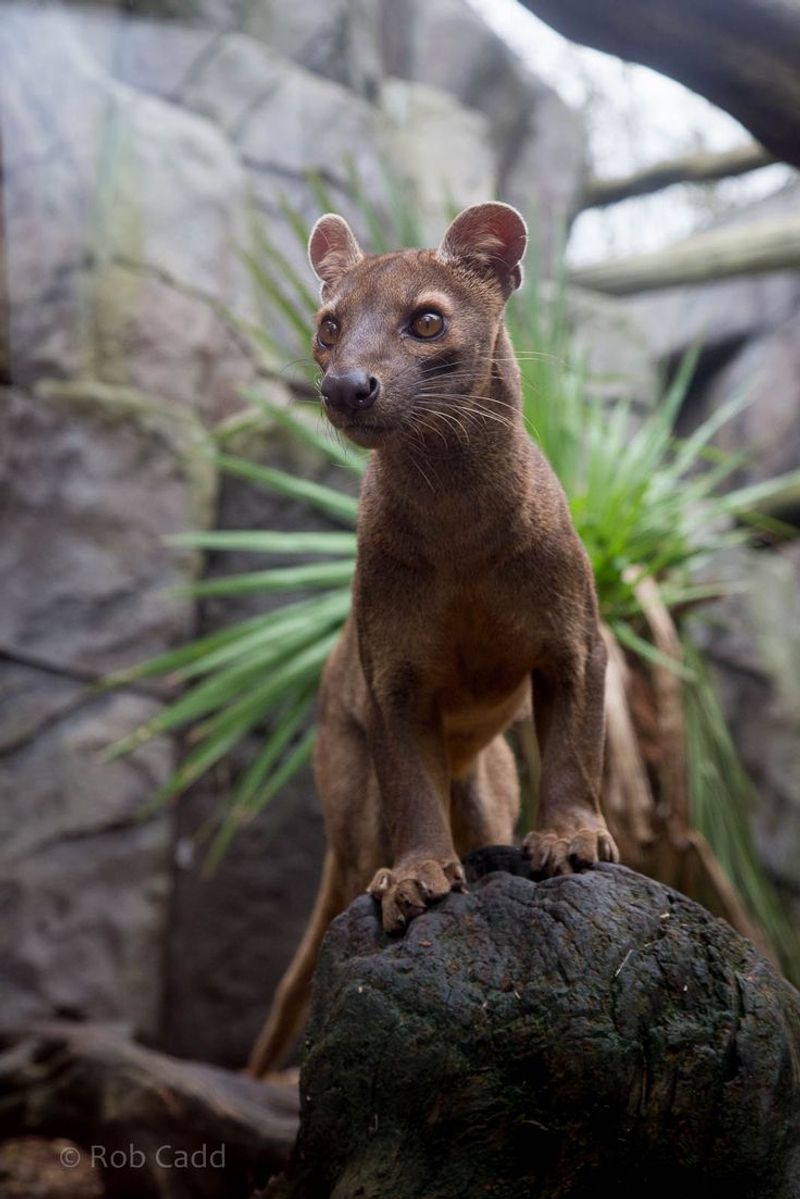
The Fossa, Madagascar’s largest carnivore, is a formidable predator found nowhere else on Earth. With its slender, cat-like body and long tail, the Fossa is perfectly adapted to its forest environment.
This agile hunter preys primarily on lemurs, using its sharp claws and keen senses to navigate the dense forest. The Fossa’s role as a top predator is crucial for maintaining the ecological balance of its habitat.
Unfortunately, the Fossa’s existence is threatened by habitat destruction and hunting. Conservationists are working to protect Madagascar’s forests, ensuring the survival of this fascinating and essential predator.
9. Pangolin
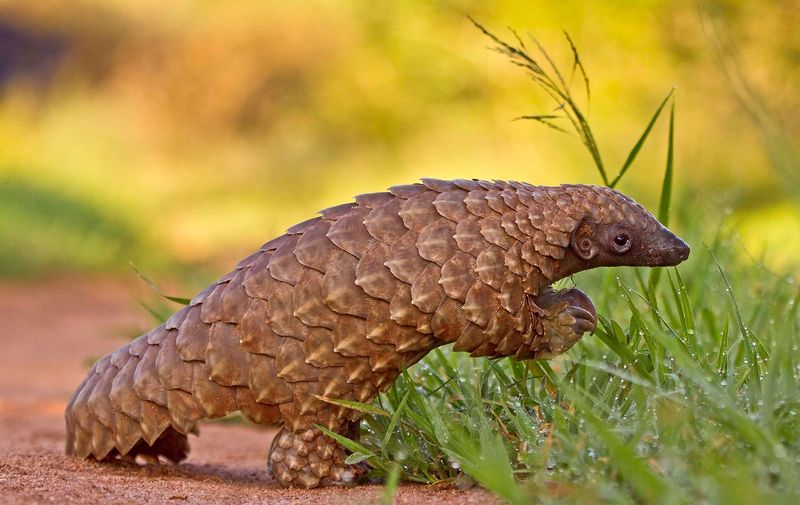
The Pangolin, also known as the “scaly anteater,” is a unique mammal found in Africa and parts of Asia. Its body is covered with hard, protective scales, giving it an armored appearance.
When threatened, the Pangolin curls into a tight ball, using its scales as a shield against predators. This distinctive defense mechanism has made the Pangolin a target for illegal wildlife trade, as its scales are highly valued in traditional medicine.
Conservation efforts are vital to protect the Pangolin from poaching and habitat loss. By raising awareness and enforcing wildlife laws, conservationists aim to ensure the survival of this enigmatic and armored creature.




